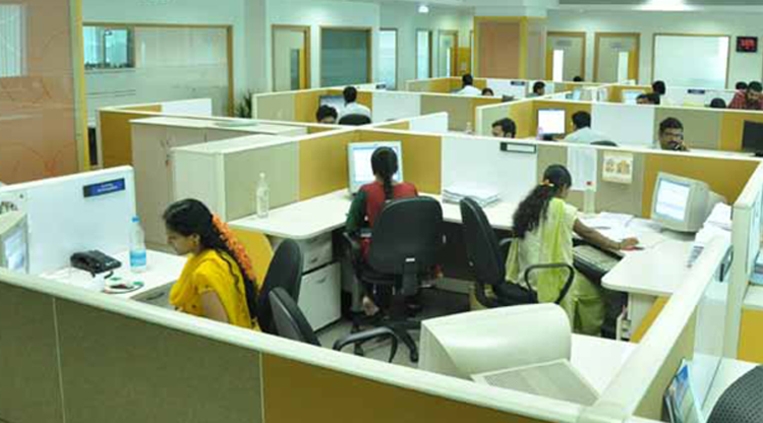SUMMARY
Karnataka is the fifth-most urbanized state in the country, with 23.6 million urban residents spread across 213 municipalities, or Urban Local Bodies (ULBs). Municipalities are responsible for providing an ever-growing urban population with services that greatly impact the livability of cities and the wellbeing of citizens, including water, sanitation, waste disposal, drainage, local transportation, street lighting, and other services.
In 2004, the Government of Karnataka began an extensive process of municipal reforms to improve services and increase transparency. While traditionally municipal e-governance reforms had been driven at the local level, this was the first initiative of its kind in India where a standardized set of systems and processes was introduced for all municipal bodies across the state.
The scale and complexity of the effort posed a huge challenge given the large number of ULBs involved—each with its own elected officials, priorities, and local issues—their wide geographical spread, and the weak capacity that is endemic among such agencies across the country. State-level champions were needed to spearhead these reforms as well as tackle difficult political economy issues, such as bringing un-assessed properties into the tax net and placing municipal budgets and other financial information online.
Reforms are now bringing about a quiet revolution in towns and cities across Karnataka. The citizens’ interface with municipal authorities has dramatically improved. A computerized system for the payment of property taxes is enabling property owners to calculate their property taxes online, doing away with middlemen and reducing corruption. Birth and death records for the last decade have been computerized and can be searched and viewed online. When water mains break or street lights do not work, citizens can lodge complaints online and track their status in real time.
New GIS mapping systems have brought unregistered properties into the tax net for the first time, and municipalities are collecting more taxes and fees for services. City officials are now able to identify critical bottlenecks in service delivery, better plan the use of funds, and direct resources where they are most needed.
Citizens are better informed and transparency has increased. Municipalities have posted their financial data and details of ongoing and completed works online. A new accounting system has brought to light the real financial situation of ULBs and assets worth crores of rupees have been brought on record.
The municipal reforms process began in 49 of the largest municipalities under the Nirmal Nagar Project (NNP), an initiative of Karnataka’s Directorate of Municipal Administration, with financial support from the Asian Development Bank. It was expanded to the remaining 164 municipalities under the Karnataka Municipal Reforms Project (KRMP) with support from the World Bank. Karnataka’s municipal reforms program has won three national awards and offers several important lessons for other states.

